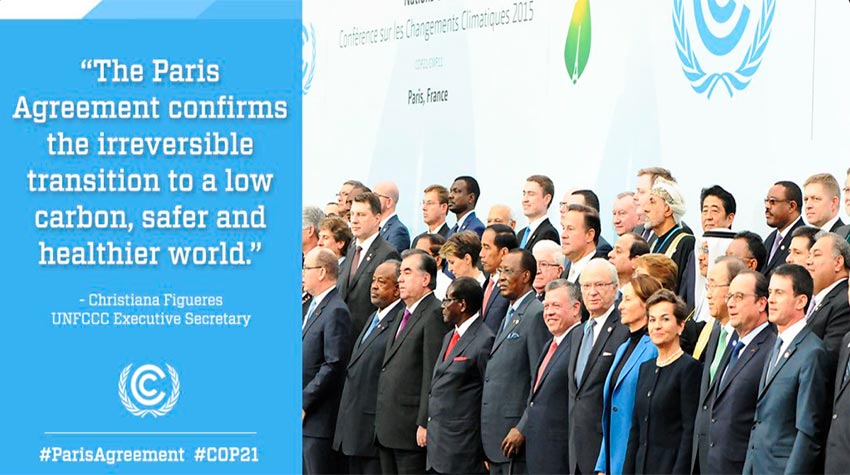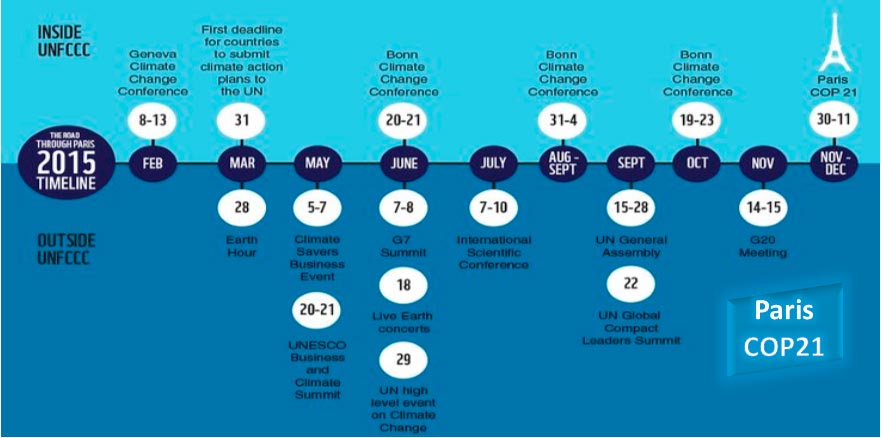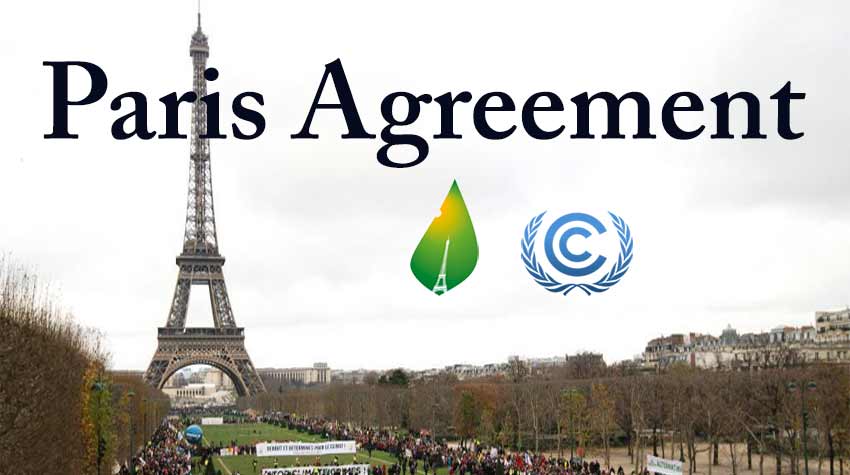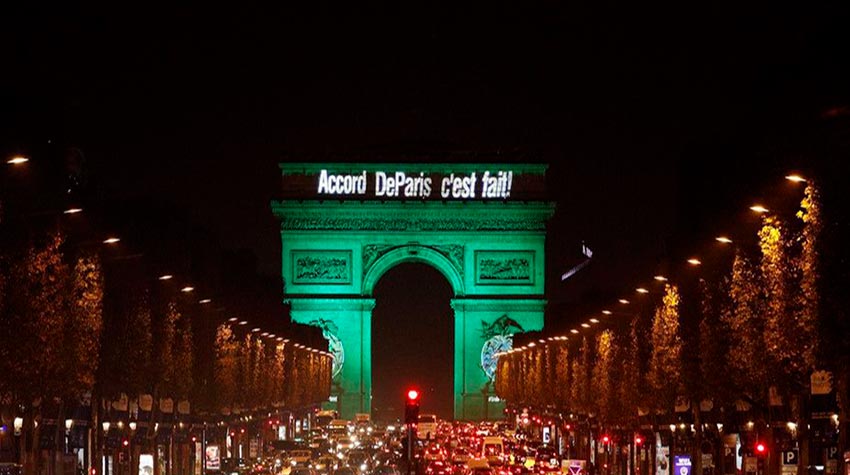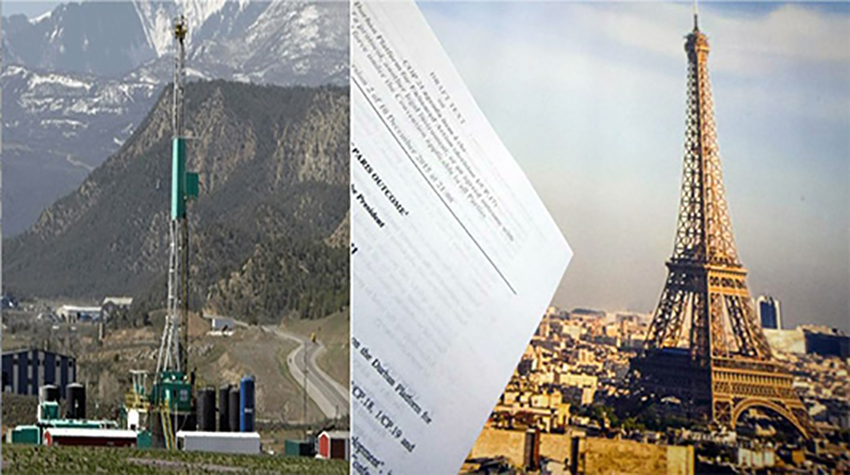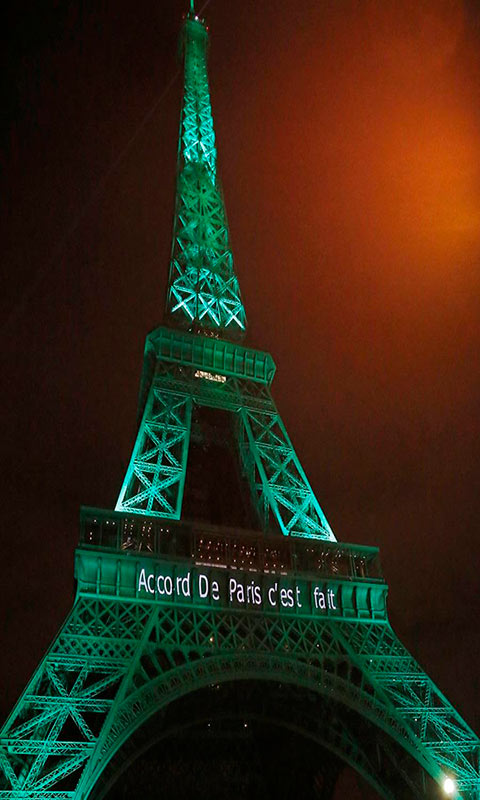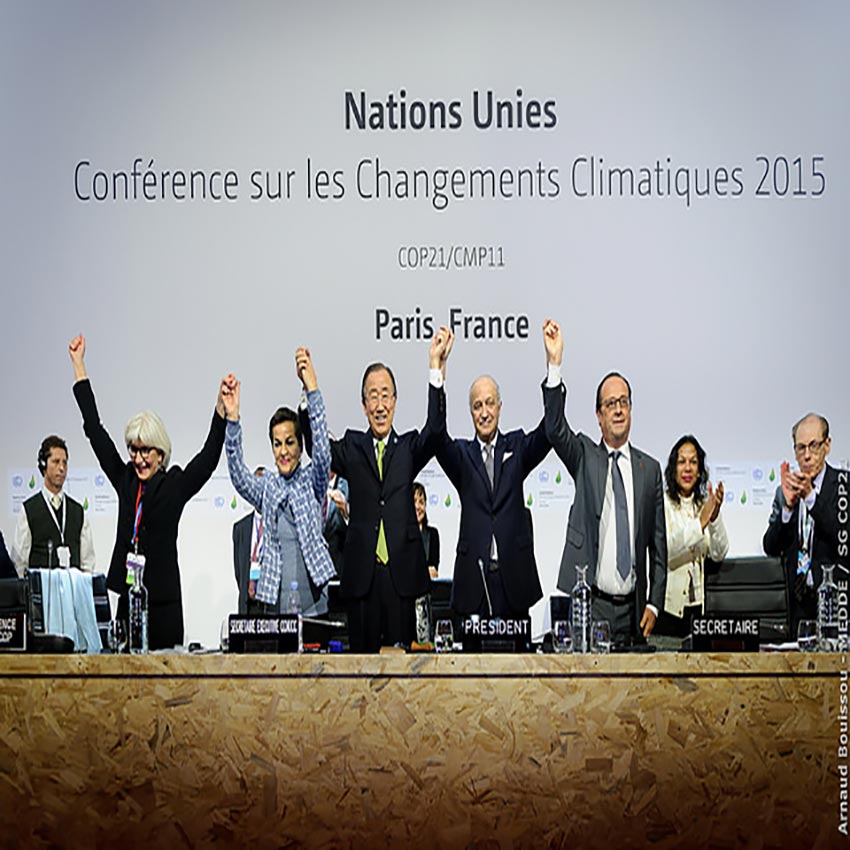FAQs about the Paris Agreement
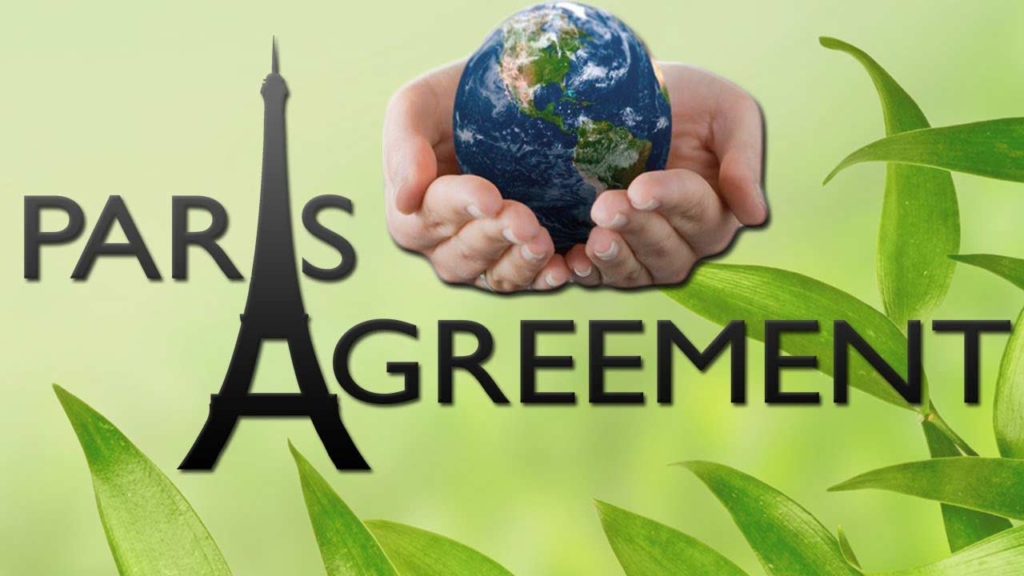
3. What are the objectives of the Paris Agreement?
The main objective of the Paris Agreement is to fight against climate change to limit the increase in world temperature to 2 °C, from the pre-industrial era, before the end of the century. To achieve this goal, greenhouse gas emissions must be reduced, those that come from fossil fuels, until their total eradication. Through the premise of “Zero fossil fuels”, it is intended to replace these with renewable, alternative or clean energy. The Paris Agreement also proposes measures to combat climate change such as mitigation, adaptation and resilience, but what do these words mean?
Mitigation. It is a term that means to attenuate or soften a negative thing, such as an illness or a headache. In the case of global warming, mitigation refers to the reduction of emissions of greenhouse gases (GHG) or fossil fuels until their total eradication. They also include the improvement of the sumps to increase the absorption capacity of said gases. Likewise, programs such as carbon taxes and incentives for voluntary GHG reduction and clean energy substitution are considered.
Adaptation. It refers to the actions that must be carried out to prevent changes that can produce undesired effects. In the case of global warming, adaptation refers to initiatives and measures that reduce the vulnerability of natural and human systems to climate change. Countries and communities must implement preventive measures and practices to avoid probable harm. Short and long-term measures must be contemplated, through environmental management, planning and disaster management.
Resilience. It is the capacity of adaptation of a living being to face a disturbing agent or an adverse state or situation. In the case of global warming and climate change, resilience refers to the capacity of an ecosystem to absorb disturbances, without significantly altering its structural and functional characteristics, and can return to its original state after the disturbance factor has ceased. The Paris Agreement places special emphasis on increasing the capacity for adaptation, strengthening resilience and reducing vulnerability to climate change.
Other FAQs about the Paris Agreement
1. What is the Paris Agreement?
2. When will the Paris Agreement come into force?
3. What are the objectives of the Paris Agreement?
4. How do you intend to achieve the objectives of the Paris Agreement?
5. Are the objectives of the Paris Agreement credible?
6. What are the dangers that can affect the Paris Agreement?
7. What would happen if the goals of the Paris Agreement were not met?
8. What is the 2030 Agenda for sustainable development?
9. How will compliance with the Paris Agreement be monitored?
10. Which are the countries that refused to sign the Paris Agreement?
Other sections of the Paris Agreement
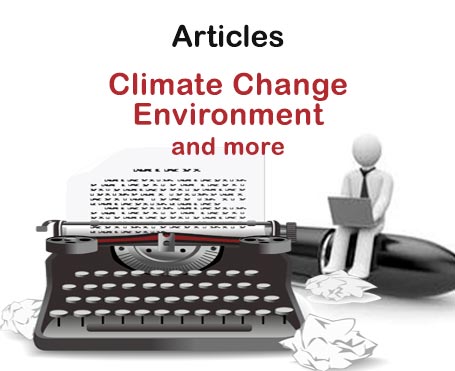
Are the objectives of the Paris Agreement realistic?
Never before had humanity reached an agreement as advanced as that of Paris. Never before has it been so close as now to take concrete action to prevent Global Warming from continuing its increase. It should also be noted that for the first time such terms as those of the Paris Agreement, sponsored by the UN, UNFCCC, were accepted by almost all countries on Earth. However, one issue is the good intentions, the spirit and letter of the agreements and another reality that is observed in practice, as has been seen in the past, whose most regrettable exponent was the failure of the Kyoto Protocol…

Never had an agreement like that of Paris been obtained
The Paris Agreement is an ambitious global agreement to combat climate change, negotiated during COP21, Paris 2015, Twenty-first Conference of the Parties, on climate change. The ground-breaking document has been adopted by 197 countries and officially signed on April 22, 2016, Earth Day, and will come into force in 2020. It is planned to limit the increase in global temperature to 2 ° C, to Starting from the pre-industrial era, through the reduction of greenhouse gas (GHG) emissions, caused by fossil fuels such as oil, gas and coal, among others…

